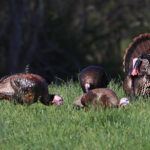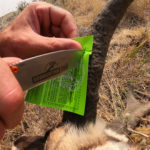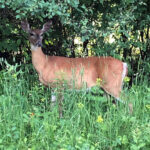The whitetail rut is one of the most magical times to be in the woods. Bucks that have been nocturnal all year are suddenly active during daylight hours.
Those old, cagey monarchs now throw caution to the wind for the sake of dominance and breeding rights. If there’s ever a time to catch up to the buck of your dreams, it’s the rut.
That all sounds lovely, but here’s the truth. Bowhunting during the whitetail rut isn’t always what it’s cracked up to be. In fact, it can be a downright frustrating experience. Many hunters bank on the rut as the best time to hunt, expecting that will be their chance to kill that bruiser on their hit list.
If you’re one of them, you might want to consider a few things before using up all of your vacation days from work. In fact, here are a few reasons why you won’t kill your target buck during the rut.
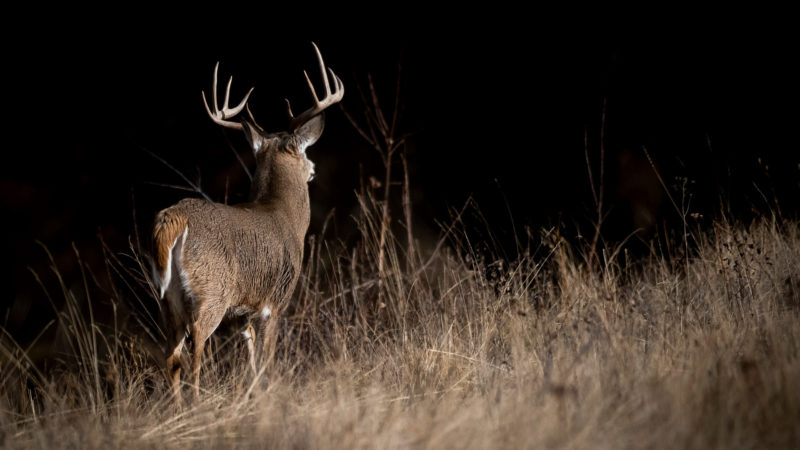
1. You Waited Too Long
Not too many years ago, many big-name hunters preached about waiting until November 1st to start hunting. In theory, it makes sense. Don’t risk spooking deer and burning out stands early in the season and possibly pushing your target buck out of the area.
A major caveat to this, of course, is that hunting seasons seem to begin earlier and earlier every year. In some states, such as Kansas, the season opens September 1st, and many others start in the middle of the month. In order for you to get a crack at your target buck during the rut, that deer must survive 6-8 weeks of hunting pressure.
That doesn’t sound like much, but consider how many hunters utilize trail cameras nowadays and how relatively easy deer are to pattern when still in their late summer routines. Also consider the management aspects of it and how many hunters now do habitat improvements on the properties they hunt.
All it takes is for that mature buck to make one mistake – enter a food plot a little too early, for instance – and he’ll end up in someone else’s freezer long before you even have a chance at him during the rut.
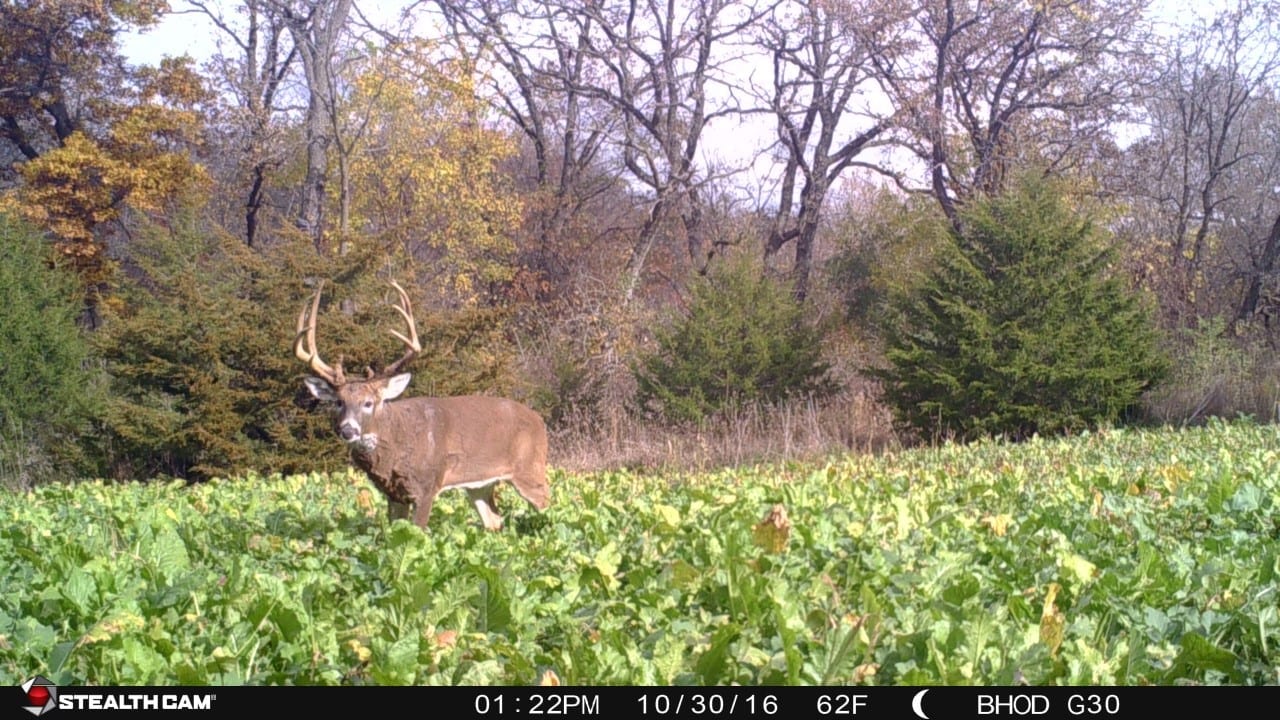
I have firsthand experience with this one. One summer, I knew a buck was crossing the road from a cornfield into a thick cut where he was bedding every morning around 4AM. I didn’t even bother trying to hunt for him early in the season. Not that it mattered.
That deer was killed shortly after daylight on opening day. The buck headed for his bed much later than usual, and another hunter who also knew of the deer, had set up a stand on the edge of the bedding area and got the shot.
2. You Don’t Know Where He Eats
Okay, let’s say the deer survived the early season just fine. In a perfect world, that buck would stay exactly where you’d seen him or gotten trail camera photos of him all season. But that’s not always the case.
The world of whitetails is constantly changing. Food sources can change on a weekly, if not daily, basis, and so can bedding cover. Hunting pressure can also make him shift his patterns.
So if you’re depending on month-old trail camera photos to help you tag your target buck during the rut, you may want to reconsider your strategy. Again, I’ve learned this the hard way, wasting far too many prime hunting days in areas a buck no longer frequented.
It took some serious boots-on-the-ground scouting to figure out where the buck was now, locating new and emerging food sources, fresh rubs and scrapes, and venturing into areas that offered the deer more security from outside pressures. It wasn’t easy.
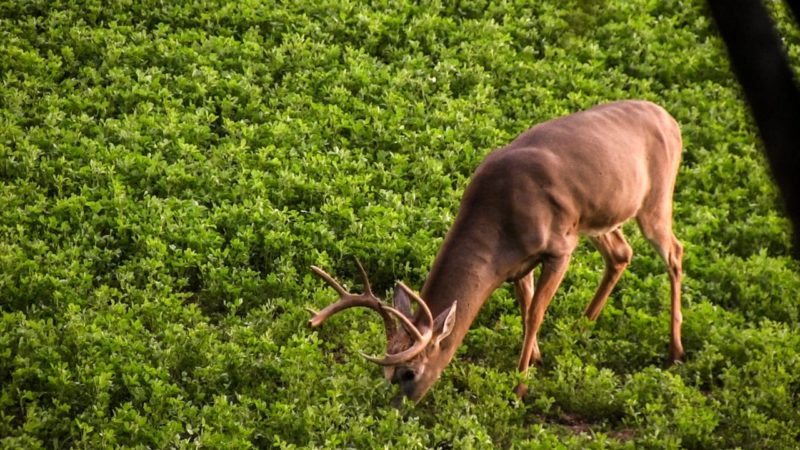
3. You Don’t Hunt the Does
The rut is all about breeding, and as the old saying goes, “it takes two to tango.” So if you don’t know where the does are during the rut, you probably won’t encounter many bucks.
This is probably the most overlooked aspect of hunting the whitetail rut, mainly because the areas you should be hunting are likely the areas with the least amount of buck sign.
Bucks may stage in one area, which is where you’ll find all the rubs and scrapes, but when does come into estrous, the bucks will spend most of their time wherever the ladies are. Scrapes go cold with no signs of activity, and the woods can seem mighty quiet.
Instead of riding it out and waiting for a buck to revisit an old scrape, which he may or may not do, spend a day locating doe bedding areas. Look for funnels and pinch points near those bedding areas and focus on hunting there. And don’t be surprised if you find new buck sign popping up on a daily basis in these areas, too.
4. You Don’t Hunt All Day
Whitetails are crepuscular animals. They move most during the first and last few hours of daylight. But during the rut, all rules are thrown out the window.
A lovestruck buck can show up anywhere at any time. In fact, they’re notorious for roaming right through the middle of the day, regardless of the weather or air temperatures.
Second week of November 2020, a hot and dry stretch of weather moved through my part of the country. For a week straight, we had temperatures pushing 80 degrees and cloudless, bluebird skies with almost zero wind.
It was every bowhunter’s worst nightmare! I hunted 3 consecutive mornings and evenings without a deer sighting while on stand – that’s 6 sets without seeing a single deer, and it was supposedly primetime!
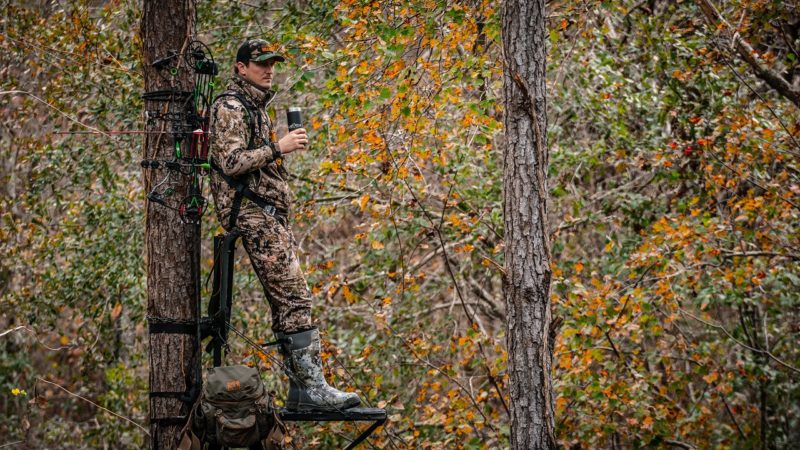
With conditions like these, it’s really hard to stay focused. Sitting there in your tree stand in your tee shirt with the sun baking down on your face, it can feel downright hopeless. Each morning I hunted until about 10 o’clock and then headed back to camp for lunch.
I justified this decision by noting that all of the other hunters in the area were doing the same. One guy I talked to summed it up best when he said, “There’s nothing you can do when it’s like this. You can’t make ‘em move.”
That Sunday, I grabbed the SD cards out of a few trail cameras, and when I got home that night, I checked them – and immediately wished I hadn’t. On one of them was a photo of my #1 target buck, smack in the middle of the day, heading toward my stand.
Of course, I don’t know if he actually walked by my stand, but that’s not the point. The point is that, despite the weather, the deer were moving, and I had photos of multiple shooters in the midday hours, presumably out searching for the next doe while all of the hunters were back at their camps napping.
Moral of the story: you can’t kill your target buck back at camp. Even if conditions aren’t perfect, as long as you’re in the woods, you still have a chance.
5. You Don’t Have A Crystal Ball
A rutting buck is one of the most unpredictable animals to walk this earth. Just when you think you have one figured out, he will go against the grain, against all common sense, and you’d need a crystal ball to tell you where to hunt to kill him.
In many regards, the rut is perhaps the worst time to target a specific buck. As they seek out does in estrus, bucks often roam well beyond their normal home ranges and may not return until weeks or even months later. Or they may stay on your property all summer, but prefer to spend the fall on a piece of property a mile away.
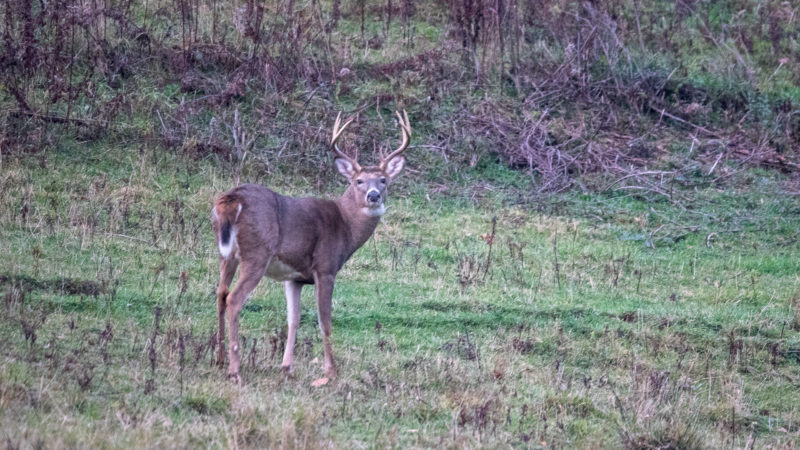
According to studies, some bucks even have areas where they prefer to rut that are different from where they live the rest of the year. These are the challenges of trying to harvest a mature animal that is as unpredictable as it will ever be any other time of year.
Magical. Exciting. Awesome. Yes, bowhunting the whitetail rut can be all of those things. But that doesn’t mean it will be easy to kill your target buck. You still have to put in the time, do your homework, and be persistent. It also doesn’t hurt to be a little bit lucky. Actually, that last part may be the most important of all.

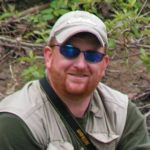 By
By 